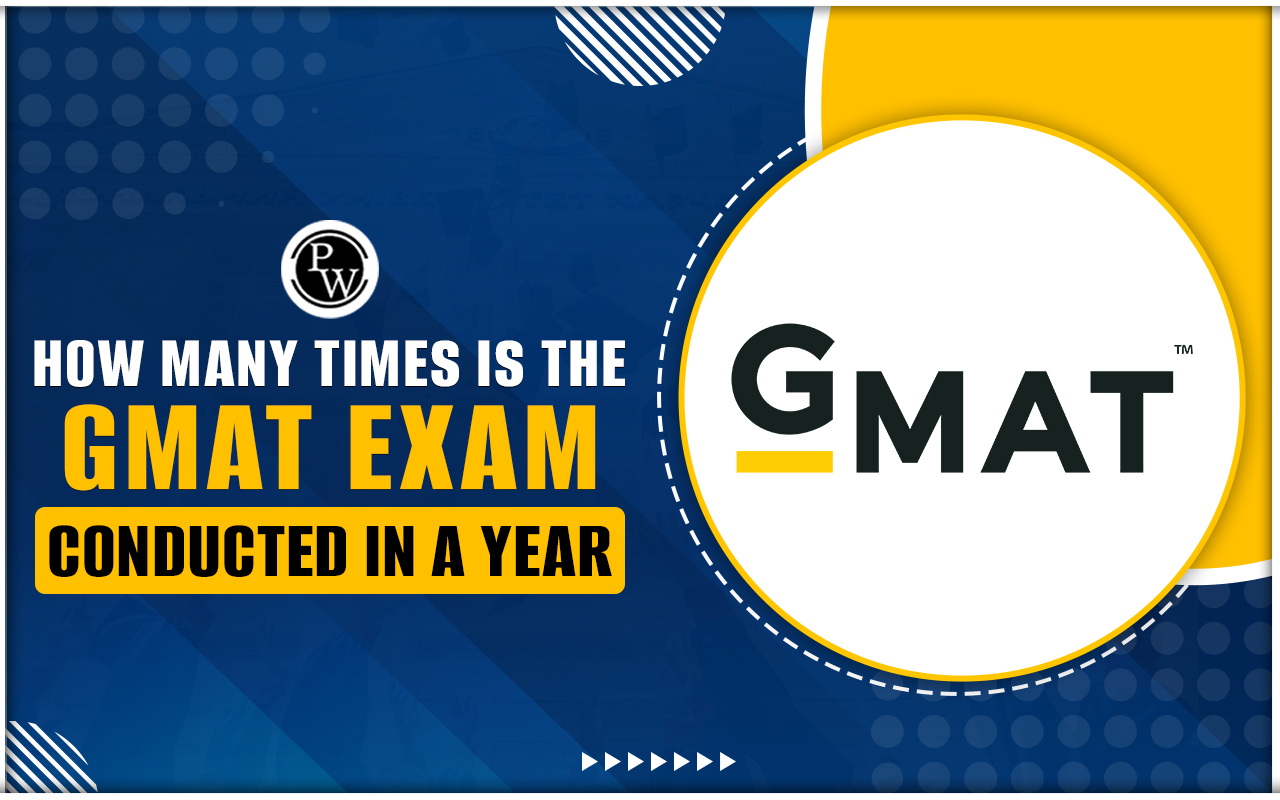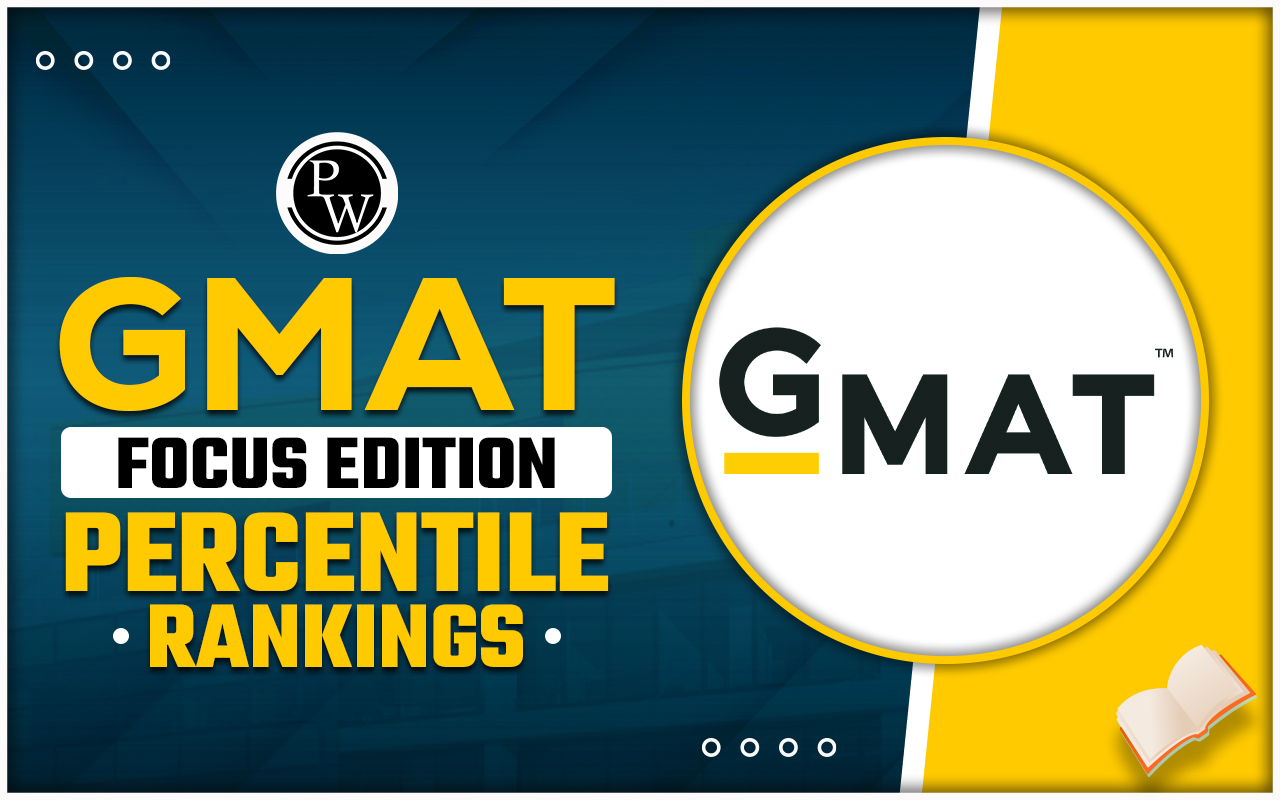

How Many Questions to Attempt in CAT 2025 to Score 99+ Percentile: Deciding the number of questions candidates need to attempt to score 99+ percentile in CAT 2025 is crucial for creating an exam taking strategy. This approach also helps in setting a target score to enhance preparation. Most top IIMs accept candidates with percentile scores ranging from 95-99+. Therefore, having a clear understanding of how many questions to attempt accurately in each section of CAT is essential for maximising one’s chances of selection to top colleges.
The exact number of questions for a 99+ percentile may vary slightly each year due to changes in difficulty level and score normalisation process. However, based on previous years’ trends, candidates should aim to attempt around 70–75% of the questions across all the sections with 85–90% accuracy for scoring 99+ percentile in CAT.
How Many Questions to Attempt in CAT 2025 to Score 99+ Percentile?
Understanding the number of questions candidates should attempt in each section of the CAT 2025 exam can help set a clear target. The CAT exam includes a total of three sections, each carrying a different number of questions. Based on past year trends and analysis, here’s an estimate of how many questions candidates should aim to solve correctly in each section to get 99+ percentile:
|
Section-Wise Questions to Attempt for 99+ Percentile in CAT |
||
|
Section |
Total Questions |
Estimated Target Attempts |
|
Verbal Ability & Reading Comprehension (VARC) |
24 |
17–18 |
|
Quantitative Aptitude (QA) |
22 |
15–16 |
|
Data Interpretation & Logical Reasoning (DILR) |
20 |
12–13 |
|
Overall |
66 |
46–48 |
Required Accuracy and Attempts for 99+ Percentile in CAT 2025
Scoring a 99+ percentile in CAT doesn’t mean answering every question presented on the paper. As the exam includes negative markings, candidates must effectively select questions for which they are confident. Instead of aiming for quantity, it is recommended to focus on accuracy in CAT.
The table below presents the approximate number of attempts needed at different accuracy levels to achieve a raw score of around 115–120, which generally aligns with the 99+ percentile:
|
Required Accuracy and Attempts for 99+ Percentile in CAT 2025 |
||||
|
Accuracy Level |
Total Attempts |
Correct Answers |
Negative Marking |
Expected Raw Score |
|
100% |
42 |
40 |
0 |
120 |
|
90% |
45 |
40 |
5 |
115 |
|
80% |
53 |
42 |
11 |
115 |
|
70% |
65 |
45 |
20 |
115 |
Factors Affecting No. of Questions to Attempt in CAT 2025 for 99+ Percentile
There is no particular number of questions candidates should answer in CAT to score 99+ percentile. While aiming to accurately answer around two-thirds of the questions in each section is a solid strategy, the actual number may vary depending on several factors. These include the following:
-
The distribution of questions, type of questions (MCQ/TITA), and the marking system all affect how many questions candidates should attempt to secure the 99+ percentile.
-
Accuracy in attempting CAT 2025 is crucial as the exam includes negative markings for mistakes in MCQs. More correct answers with fewer mistakes result in a better score.
-
As CAT is held in multiple shifts, IIM normalises raw scores to scaled scores. This process ensures an unbiased score allotment to counter varying difficulty levels in different slots. The normalisation can significantly influence candidates’ final percentile score.
CAT Score Vs Percentile
Understanding the details of CAT score vs percentile based on previous years' trends is essential for developing a focused strategy. The following table provides insights into the expected section-wise CAT raw scores corresponding to overall percentiles:
|
CAT Score vs Percentile |
||||
|
CAT Percentile |
VARC Score |
QA Score |
DILR Score |
Overall Score |
|
99.5 |
45 |
48 |
33 |
104 |
|
99 |
41 |
42 |
29 |
97 |
|
98 |
37 |
37 |
26 |
86 |
|
95 |
32 |
28 |
21 |
72 |
|
90 |
27 |
23 |
17 |
59 |
|
85 |
23 |
19 |
15 |
52 |
|
80 |
21 |
16 |
13 |
44 |
How to Achieve 99+ Percentile in CAT 2025?
Securing a 99+ percentile score in the CAT 2025 may seem like a daunting task. It demands a strategic approach, consistent effort, and a focus on both speed and accuracy. Presented below is a strategic preparation approach to strengthen one’s chances of getting 99+ percentile:
-
Identify Strengths and Weaknesses
Aiming for a 99th percentile score in CAT requires candidates to know their strengths and weaknesses. By understanding these areas, candidates can focus on solving questions efficiently and avoid wasting time on the ones where they can make mistakes. Knowing what to attempt and, more importantly, what to skip can significantly maximise CAT score.
-
Analyse Previous CAT Papers
Reviewing past CAT papers and their analysis is essential to gain insight into the expected exam pattern, difficulty level of questions, and frequently asked topics. Understanding the exam trends helps candidates better prepare for the types of questions that may come in CAT 2025. This way, understanding previous CAT exam analysis can strengthen candidates’ preparation and allow them to secure high marks.
-
Consistent Practice
Regular practice is key to improving candidates’ problem-solving speed and accuracy. By solving a variety of questions daily, they can not only enhance their response time but also develop the ability to quickly recognise patterns and use effective problem-solving techniques.
-
Master Time Management
The CAT exam includes a section-wise time limit. With just 40 minutes per section, it's essential to improve time management skills to answer the maximum number of questions accurately. To improve time management skills, candidates should attempt solving PYPs and mocks within a strict deadline. Additionally, they should prioritise solving easier questions at the beginning of the exam so they can maximise their score.
Questions to Attempt in CAT 2025 FAQs
How many correct questions for 99 percentile in CAT?
How many hours to study for the 99 percentile in CAT?
What percentile is 35 marks in CAT?
Is 1 year enough to score 99 percentile in CAT?
Can negative marking affect the CAT percentile?













